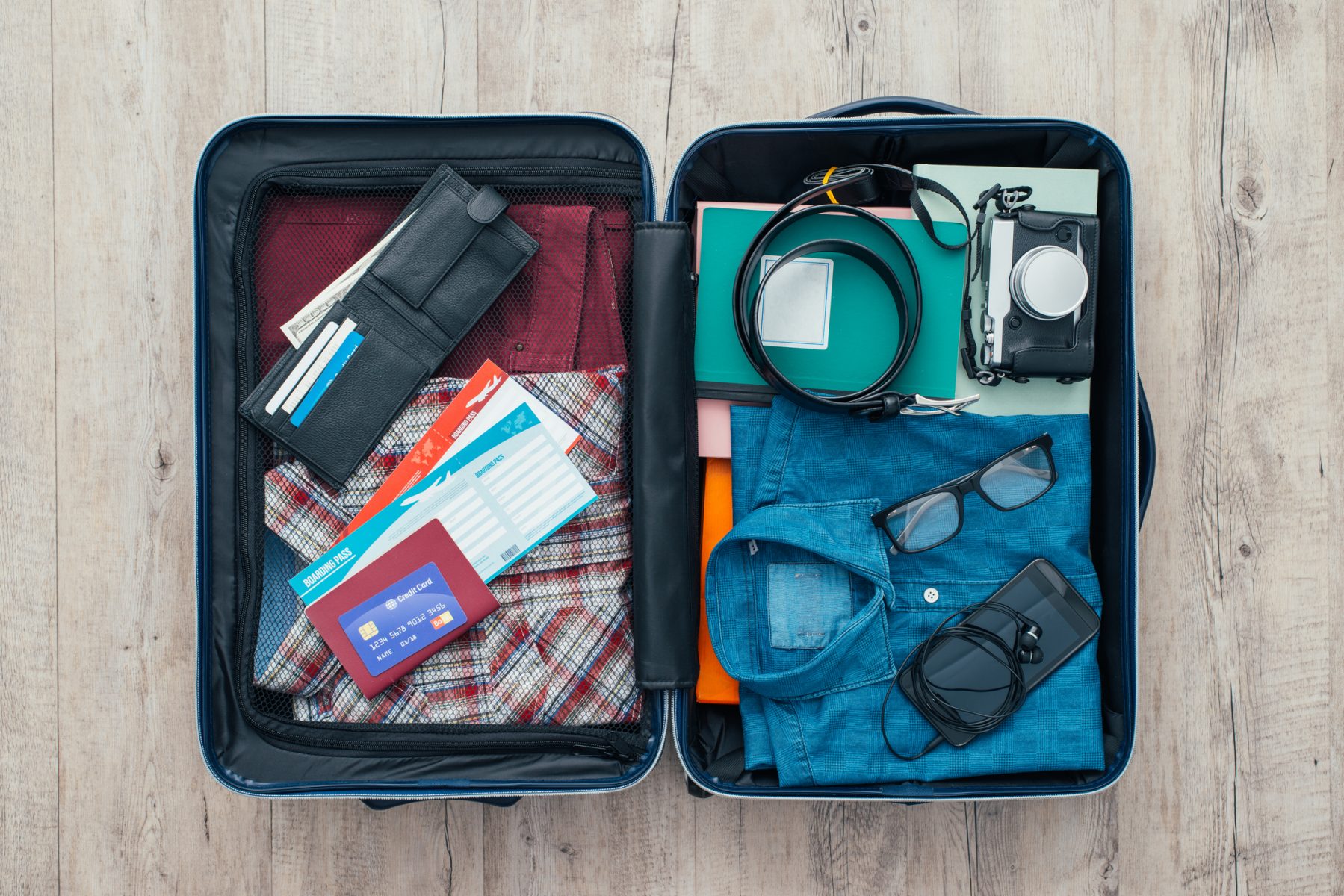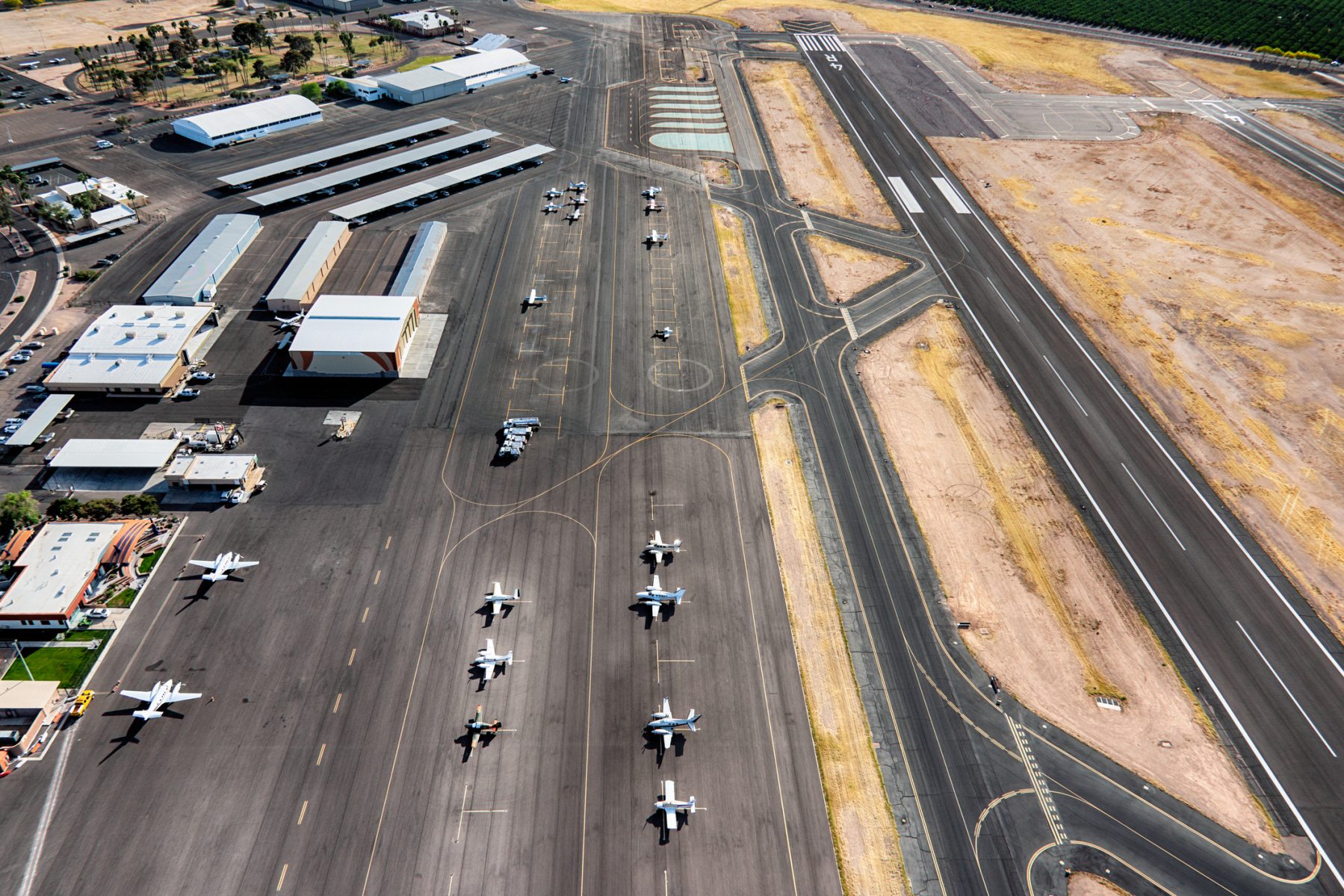6 Secrets for Surviving Small Airports
Signing up for credit cards through partner links earns us a commission. Terms apply to the offers listed on this page. Here’s our full advertising policy: How we make money.
Subscribe to our newsletter, to get more travel tips and tricks delivered straight to your inbox!
If you don’t live near a large metropolitan city, there’s a good chance you regularly fly from a small regional airport. This can be a very different experience. Often, you’ll find a parking spot just a few hundred yards away from the ticketing counter. People can be more friendly and unrushed. Depending on the time of day, you might be the only one walking through the security line.
It is satisfying to get from the drop off point to your gate in less than 10 minutes.
On the other hand, small airports come with some surprising challenges. Limited flight times, lack of direct flights, and sparsely staffed ticket counters can be frustrating if you’re used to having more flexibility and more options when you travel.

The key to navigating small airports is to set your expectations accordingly and learn how to make the most of what’s available. And remember, most people don’t get to know the TSA agent who is working the Tuesday/Thursday shift on a first name basis.
6 Tips for Taking Advantage of Small Airports
1. Focus on Connecting Airlines
When you travel to and from a smaller airport, you’ll notice there are typically just a few airlines that offer flights. It can be frustrating when you realize your favorite airline doesn’t partner with your regional airport. But you can still work this to your favor. Have you noticed you’re connecting through a certain airport more often than others? See what airlines fly there and sign-up for their rewards credit card.

The more you can concentrate flights with 1 or 2 airlines, the faster you can accumulate perks and benefits. And frequent flyer miles can still be useful, even if they won’t get you to your final destination.
2. Pack Smart
There are 2 things to consider when you’re packing for a flight out of a small airport. First, you will typically be flying on a smaller regional commuter plane. This is especially true if you’re on a short flight. Smaller planes will have less storage room in the bins over the seats. These bins fill up quickly, so if you’re in one of the last boarding groups, there is a good chance you’ll need to store your bag under the seat in front of you.
Prepare accordingly, and pack a small carry-on bag that includes only what you’ll need to access during your flight.

The second thing to remember is (what I consider to be one of the most magical words a gate attendant can announce) – “gate check.” Once you arrive at your gate, there will often be an option to check your bag right there. The benefit of this is that when you walk off the plane, your bag will often be waiting for you at the gate. This eliminates the extra time you might spend waiting in baggage claim at your final destination.
3. Show Up in Advance
Last summer my husband and I traveled from Missoula to Chicago for a long weekend. I flew out in the morning and arrived on time. He had to stay until the afternoon to take a conference call. So he booked a flight a few hours after mine.
He showed up at the airport early. When he got to his gate, the airline was overbooked and offering volunteers a $1,000 voucher to take a later flight. He volunteered, got the voucher, and was upgraded to first class on a different flight that arrived in Chicago just five minutes after his original flight was scheduled to land. We used that voucher to book two round-trip tickets to Panama in February!

I’ve noticed this happens more frequently at smaller airports. And because flights are limited in both size and frequency, the vouchers are often much higher than the offers in larger airports. Lesson learned – show up early and allow for flexibility in your schedule to get the good deals!
4. Be Flexible When Booking Travel
When you’re traveling to and from a small airport, remember your flight options might be limited. For this reason, there can be a dramatic difference in price depending on the day you fly.
Some airlines only operate on certain days of the week (so quaint!). So if you want a direct flight or have a better chance at discounted airfare, get to know the schedules of those airlines and plan accordingly.

Certain airlines might also only fly to specific destinations seasonally. Before you book your flight, take some time to look at the daily schedule for the airport you’re flying from. One of the benefits of flying from a small airport is you can scan all airlines arrival and departure times relatively easily.
Does your airport stop service to certain destinations after October? Can you fly non-stop to San Francisco on a Tuesday but not a Wednesday? By familiarizing yourself with your flight options, you’ll be better equipped to find a direct flight and save money at the same time.
5. Bring a Snack
While larger airports have lots of restaurant and dining options, this isn’t the case at smaller airports. Often, you might find there is one coffee shop serving pastries or a kiosk selling snacks and magazines.

It’s always best to prepare by bringing a sandwich or another snack to hold you over until you can find a meal somewhere.
Traveling hangry is something we all want to avoid!
6. Get to Know Your Connections
One thing you’ll learn quickly when traveling to and from a small airport is direct flights are a rare and coveted luxury.
Most small airports only have direct flights to a handful of destinations. That means if you’re traveling beyond those few airports, you’ll have a connecting flight. Take advantage of your layover and get to know the airports you’re frequently connecting through. There will probably only be 3 or 4 connecting airports, and once you identify what those are, you can benefit from learning their layout.

There are several benefits of a connection. Did one of your favorite restaurants just open in terminal A at the Denver airport? Swing by between flights and grab a meal. Do you have a credit card with lounge access at O’Hare? Stop in for some snacks and a drink before heading to your gate.
Once you become familiar with your airport’s schedule and learn flight times, you can expand your flight search and look for deals from connecting airports.
For example, I’ve found flights from Missoula to Denver for just $20 on a Tuesday morning. I booked another inexpensive flight from Denver to New York later that day to visit a friend. This route wouldn’t have been possible if I’d searched for a flight from Missoula to New York. Understanding how to use your connecting airports can help you find less expensive individual flights to your destination.
There are always pluses and minuses when traveling through a small airport.
A short security line is a trade-off for a longer connection time. While there is no perfect equation for seamless travel, hopefully, some of these suggestions will help you make the most of your experience.
Do you have any pro tips for navigating the small airports you’ve flown through? Post your suggestions in the comments below!
If you want more travel tips, then subscribe to our newsletter. And be sure to follow us on Instagram!
Editorial Note: We're the Million Mile Secrets team. And we're proud of our content, opinions and analysis, and of our reader's comments. These haven’t been reviewed, approved or endorsed by any of the airlines, hotels, or credit card issuers which we often write about. And that’s just how we like it! :)






Join the Discussion!